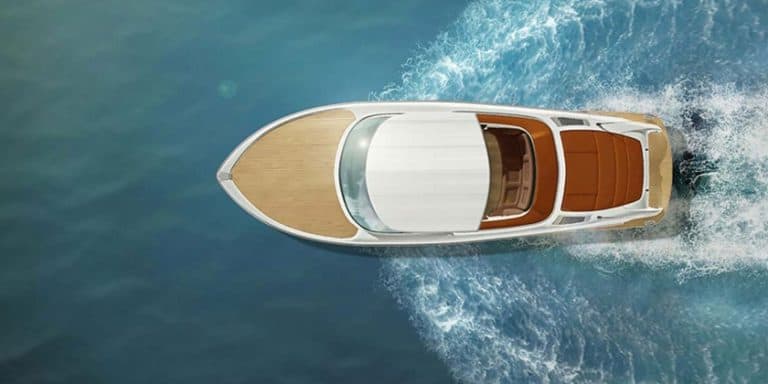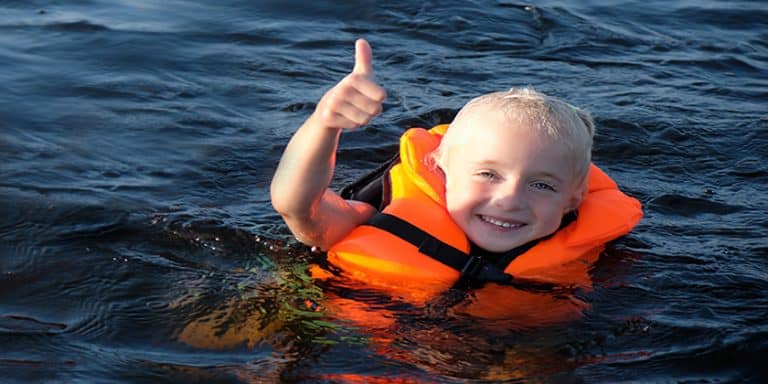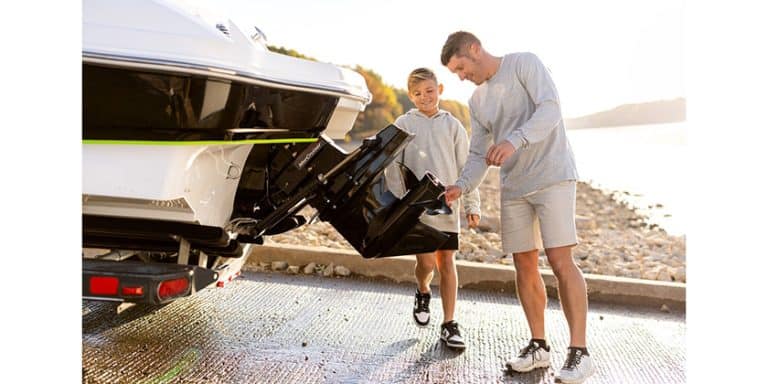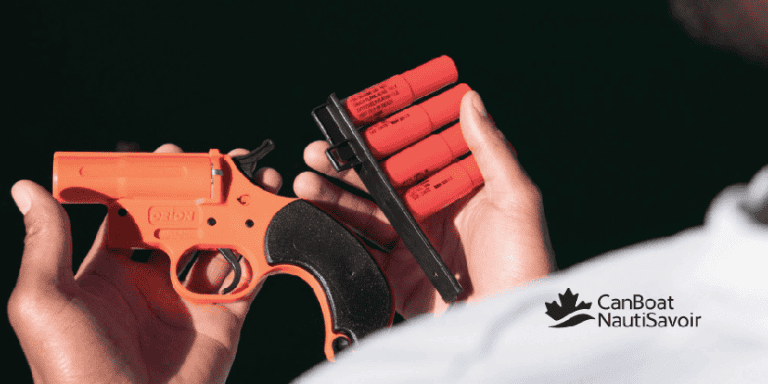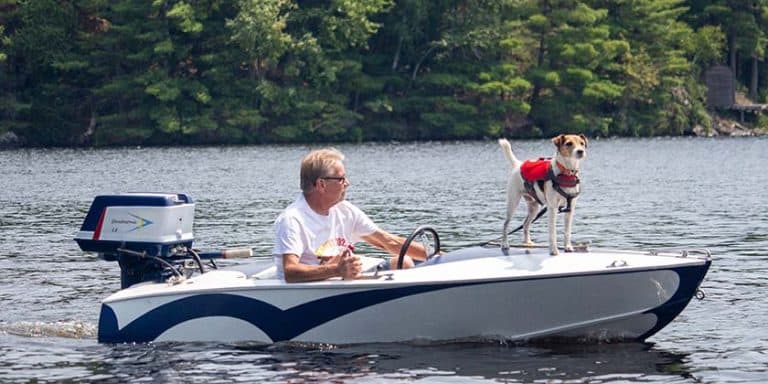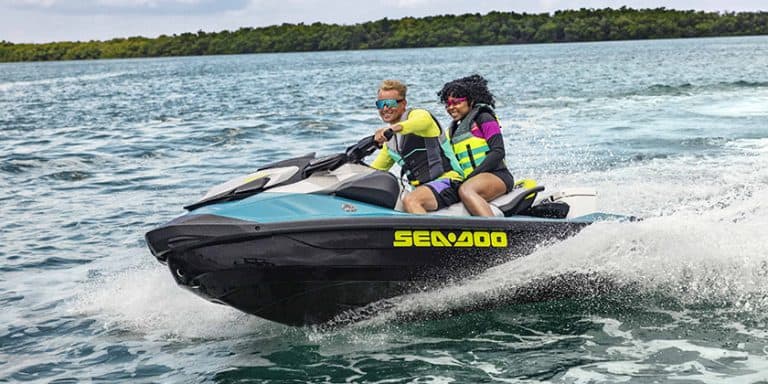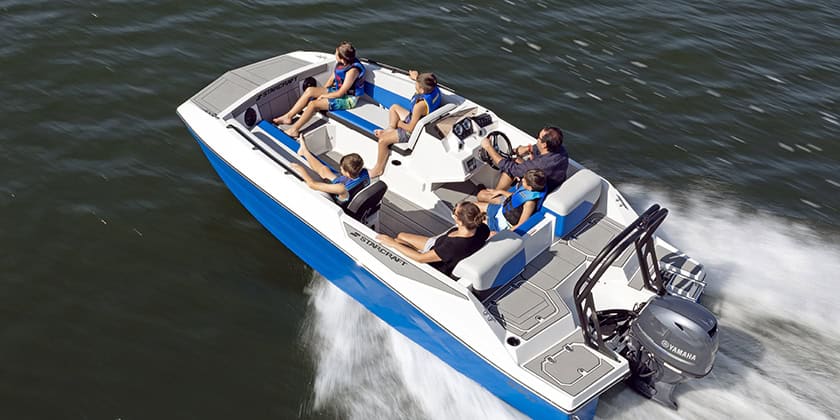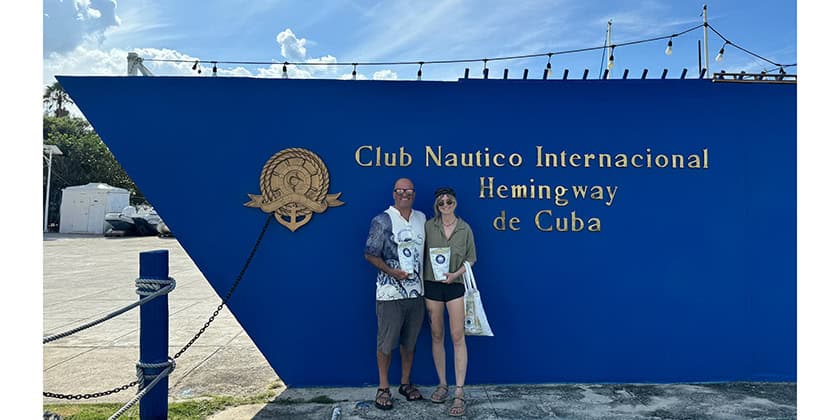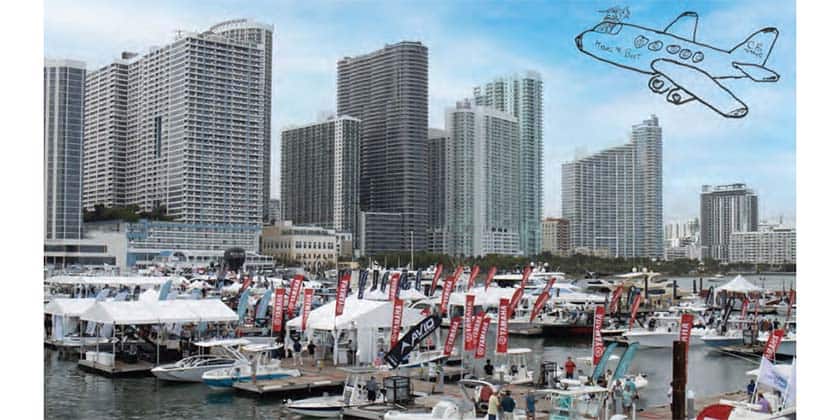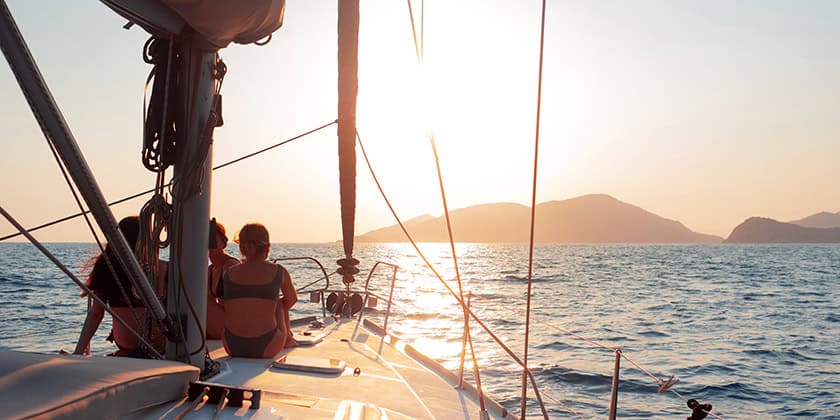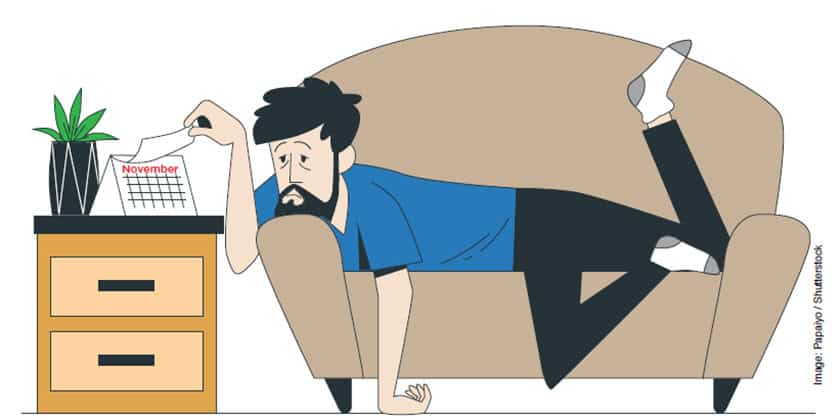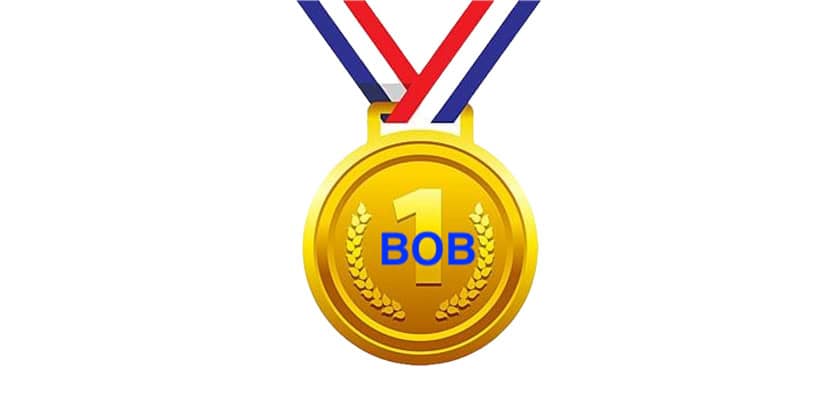The Aids To Navigation System
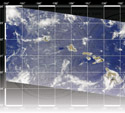
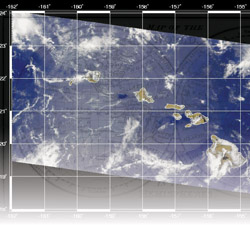 There’s nothing like that picturesque lighthouse flashing a light on a high cliff with pounding surf on the rocks below it. That large bell buoy clanging away in the swell just offshore from the breakers crashing on a shoal and the groaning foghorn blaring through the heavy mist to warn of landfall somewhere in the pea soup. Those certainly are the traditional icons we may all imagine when mention of aids to navigation is made but are they accurate in today’s technical world? And not withstanding today’s technology, how did and do the traditional aids actually help a mariner navigate safely?
There’s nothing like that picturesque lighthouse flashing a light on a high cliff with pounding surf on the rocks below it. That large bell buoy clanging away in the swell just offshore from the breakers crashing on a shoal and the groaning foghorn blaring through the heavy mist to warn of landfall somewhere in the pea soup. Those certainly are the traditional icons we may all imagine when mention of aids to navigation is made but are they accurate in today’s technical world? And not withstanding today’s technology, how did and do the traditional aids actually help a mariner navigate safely?
There certainly are many different variants of buoys, flashing lights and colour schemes. All those variations indicate specific information to the mariner and not being able to decipher the meaning of them really makes for an illiterate boater. A day on the water can be a lot less secure if a boater is unable to glean the reams of information presented to them from an aids system and they instead connect the dots by sailing from one buoy to the next and the next hoping that they remain in safe waters. This not only makes for a long voyage but also as they enter a channel or try to meander their way into a bay between countless islands and through snaking inlets disaster cannot be far off – and imagine trying this at night and/or in messy weather.
Two things can alleviate the level of aids-to-navigation-illiteracy a boater has; one is the training that they pursue and thus the knowledge they have and the other is the number of tools they have at their disposal to decipher or translate the language that the aids speak.
Charts, paper or electronic, offer a wealth of information that increases the effectiveness of an aid to navigation several times. A compass, GPS and radar allow a boater to compile an incredible amount of information from the aids and therefore about their situation. Hence, an aid to navigation system really is comprised of two parts – the buoys and the boater.
So, on the “Buoy” Side: What’s Out There and What Does It Tell Us?
First, aids to navigation are not just buoys. They can be either fixed aids or floating aids; fixed aids being on shore and non-mobile and floating aids (the buoys) being on the water – rather obvious. In the fixed category we have lighthouses, range markers (either lit or unlit), towers (with day marks or lights or both), poles with day boards and even brushes and stakes. Foghorns are technically a fixed aid as they are based ashore and may be associated with one of the previous mentioned fixed aids such as a lighthouse. In the floating category we have all sorts of buoys – large and round, small and spar like and they may be made of steel, plastic, foam or composite materials, lit or unlit and they may make a sound by either a clanging bell or a whistle, both activated by wave motion.
The commonality between the fixed and floating aids is the information that they relay to the boater through the colour(s) that they are painted, the colour of the lights that may be mounted on them and the flashing characteristics of the light and their shape. There are even aids that transmit a radio signal that can be picked up on radar called RACONs. More on those later.
Many of us are familiar with aids that are either red or green; again, they could be floating buoys or day boards erected on a pole or tower. When these two colours are used they are called Lateral aids to navigation as they simply indicate to which side a vessel should pass the mark – starboard or port – to avoid a hazard. But there is a shortcoming in this system as these colours are relative to a rather important factor.
Are you coming or going?
“Coming” means entering a port or going upstream in a river. “Going” means leaving the port or travelling down stream in a river. If you are “going” then leave green buoys with square tops to starboard and red buoys with pointed tops to port. If you are coming, do the reverse, leave green square top buoys to port and red pointed top buoys to starboard. Sound confusing? Then remember the ol’ adage, Red Right Returning; leave the Red buoys to your Right when Returning to (dare I say) port.
The Lateral system can work very well if you remember these adages and know whether you are coming or going. However, knowing if you are coming or going is easy in a basic channel, but what if you are travelling between two islands with no distinct port, marina or large bay relative to your direction or if there is a port at either end of the channel? What if the buoys are not in red and green pairs but are offset or stand alone? If your approach to the buoy is not restricted to one of two directions (coming or going) then you might actually approach the buoy from the side and end up going over and perhaps onto the hazard that you hoped to avoid.
What would really be helpful here is a bird’s eye view of the whole waterway or – a chart! Charts contain an unbelievable amount of information represented in symbols, shading, colouration etc. In fact there are so many abbreviations and code-like symbols that an entire booklet is produced by the Canadian Hydrographic Service of the Department of Fisheries and Oceans called, Symbols Abbreviations Terms, available as a free download (38KB) at http://www.charts.gc.ca/pub/en. Whether you have paper or electronic charts, in order to make sense of the plethora of data having this booklet at your side is imperative. So a chart maps out the waterway, measured by latitude and longitude, displays the hazards and all the aids that are at the boater’s disposal – they are an indispensable tool to have on board and are indubitably part of the aids system.
Luckily though, Lateral Buoys are not the only type of buoys on the water that help a boater navigator around obstacles and hazards. Cardinal Buoys also indicate how a boater should pass through a body of water but they do it in a different manner to Lateral Buoys. While red and green buoys tell a boater to pass them to either port or starboard, and this is dependant on whether the boater is coming or going, the yellow and black colour system as well as the shape of the top-marks of a Cardinal Buoy tells the boater where the good water is located, regardless of what direction the boat is travelling or whether they boater knows if they are coming or going.
The buoys are called Cardinal Buoys because they denote one of four cardinal points – North, South, East and West. A buoy that tells a boater to stay to the north would be black on top, yellow on the bottom and have two top-mark triangle shapes (one on top of the other) pointing up. A “South” buoy would be the opposite, black on bottom, yellow on top and two triangle top-marks pointing down. An “East” buoy has a black, yellow, black colour scheme and two triangle top-marks, the top one pointing up, the bottom one pointing down. Finally a “West” buoy is opposite to the “East” one in that its colour scheme is yellow, black, yellow and it has its top top-mark pointing down and its bottom one pointing up.
So the Lateral system works well in reference to specific channels and the direction in which a boat is travelling and Cardinal system works without having to know if you are coming or going or knowing the boundaries of the channel through which you are passing – as long as you have a compass on board.
There are other buoys on the water that indicate more specific items and these are either all yellow (i.e. Cautionary or Anchorage buoys), or white with orange marks (i.e. Mooring, Information, Control and Keep Out buoys). Information on these many buoys can be found at Transport Canada’s website www.boatingsafety.gc.ca – click on Publications and Videos on the left menu and go to the Safe Boating Guide and at the bottom of that list is Quick Reference Cards. Graphics and text there describe the many types of the floating aids to navigation.
All aids to navigation can also have lights to help boaters find their way. Red and green Lateral Buoys have red and green lights that are easy to tell from one another but how can a boater tell one green light from another? Since Cardinal buoys all have white lights, how can it be determined which light represents which cardinal mark? Better get that downloadable CHS booklet and turn to section P – it is unbelievable how many patterns a light can be programmed to blink or flash. Quick, continuous quick, interrupted quick, is phase, single occulting, continuous very quick and even Morse Code letters. Get the book, get a chart, have a compass on board and the aids system will shed a great luminous amount of light on your course on the water.
Indeed, a compass, a chart and a handy dandy booklet from CHS is building a good repertoire of tools to have on board, but we are in the 21st Century – what else is there?
During WWII, DECCA was a low frequency radio wave system for aiding mariners. Later LORAN-C (Long-Range-Navigation) arrived which superseded DECCA and today we have satellite based GPS (Global Positioning System) and D-GPS, D for Differential, which works with land based signals that enhance the accuracy of the satellite based ones. GPS has pretty well eradicated LORAN-C since GPS works with standard Lat’s and Long’s and not unique LORAN-C codes. GPS units can be handheld, present compass bearings as well as headings and are incredibly accurate.
GPS is a tool that has revolutionized navigating and even small craft operators can have one in their pocket, but GPS without a chart gives only a fraction of information to a boater about aids to navigation on the water. Although more and more GPS units are incorporating full electronic charts, there is always that concern out on the water that they are electronic. Having a backup paper chart and a magnetic compass, that handy dandy CHS book and quick reference cards from Transport Canada in addition to a GPS means the boater has a deep tool box to use the aids to navigation system to its fullest.
RACON’s were mentioned above and they are also something that offers mariners a great amount of information. A RACON is a buoy that transmits a radio signal when triggered by a sweep by a radar pulse. The transmission from the buoy shows up as a broad dotted or dashed streak on the radar screen. The combinations of the dot and dash indicate a Morse Code signal and thus identify the buoy – based on information on the associated chart. Therefore, a radar unit also is an effective tool in conjunction with fixed and floating aids.
In addition to colours, lights, shapes and radar signals, some aids have sound signals such as bells, whistles or horns. There certainly aren’t as many as there used to be which is partly due to the tools boaters now have in their navigation toolboxes and partly due to the lack of effectiveness of sound signals. If a boater is in the middle of fog or otherwise restricted visibility any sound signal might be heard but discerning the direction that it is coming from can be tricky. At least the boater knows they are in the vicinity of the aid but they only know which one and where they might go from there if they have a chart, compass, etc.
While whistles and bells on buoys are activated by the sea state, some fog horns are activated by the boater who can set their VHF Marine Radio to a certain channel (frequency), key the microphone which triggers the land based fog horn. The fact that the foghorn is “manual” is indicated on the chart and the frequency information can be found in the Canadian Coast Guard publication, List of Lights, Buoys and Fog Signals, downloadable free at www.notmar.gc.ca. The term “notmar” stands for Notice to Mariners and this publication is one of many available at this site that is incredibly valuable to a boater. The List of Lights, Buoys and Fog Signals is broken down into four volumes – Nfld., Atlantic Coast, Inland Waters and Pacific Coast – so you won’t be searching through thousands of items but can focus in on a particular area or even a chart number. This is definitely a site a boater should spend some time on and to familiarize themselves with the heaps of information, adding items to that tool box onboard the boat.
The Canadian Coast Guard maintains the aids system in Canada and in some cases certain local aids systems are Privately owned – i.e. cottagers getting together to ensure no one takes out a lower end on that infuriating shoal right in the middle of the lake. All Private Aids have to meet standards set out in the Private Buoy Regulations to ensure that there is consistency in the look of the aid and thus the information that it presents. An Owner’s Guide to Private Aids to Navigation can be found at www.ccg-gcc.gc.ca/atn-aln/publications_e.htm as can the incredibly comprehensive booklet called, The Canadian Aids to Navigation System.
Consistency is indeed the key for aids to navigation be it colour, shape, size, lights etc. and this consistency is taken to an international level through IALA – International Association of Marine Aids to Navigation and Lighthouse Authorities (www.iala-aism.org). Oddly though there is a dichotomy on the planet when it comes to those Lateral Buoys. Would you believe there is a Region A and Region B for the red and green buoys? Here in Region B in North and South America, Red, Right Returning makes sense. In Region A it’s the reverse – reds are greens and vice versa. So much for consistency but this shouldn’t be a problem unless you plan a major trip.
Ultimately, today’s boater must be familiar with traditional aids to navigation and the piles of information relative to these aids available from websites such as those mentioned above, and they must outfit themselves with today’s technology be it onboard electronics or printed materials. Build that toolbox with yesterday’s and today’s technology, get a boating course under your belt and take true advantage of the Aids to Navigation System!

